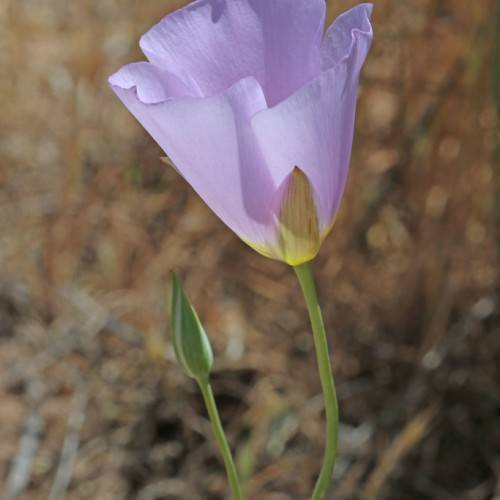
Flexile Milkvetch
Astragalus flexuosus
Also Known As - Slender Milk VetchWatering:
Minimal
Hardiness Zone:
Sun:
full sun,part shade
Fruits:
Fruits Ready In Fall
Leaf:
Yes
Growth Rate:
Low
Drought Tolerant:
Yes
Salt Tolerant:
Yes
Care Level:
Medium
watering
Pretty Milk Vetch prefers well-drained soil that is evenly moist but not soggy. Water your plant deeply when the top inch of soil is dry. During spring and summer, water your plant on average once a week, potentially increasing to twice a week in periods of hot weather. During the colder months, reduce watering to once every 2 weeks or when the top of the soil is mostly dry.
sunlight
Pretty Milk Vetch thrives best in direct sunlight for 4–6 hours per day. This plant prefers full sun in the morning, with shade in the late afternoon or evening, especially in hot summers. It can tolerate some shade, but it will not be as vigorous or produce as many flowers. Plant in an area of the garden that receives at least 6 hours of sun each day, preferably in the morning.
pruning
Pretty Milk Vetch should be pruned in late spring or early summer when the new growth is seen. The pruning should be fairly light in order to maintain the natural shape of the plant, aiming to remove about 1/3 of the growth. Doing so promotes new growth while keeping the foliage looking full and lush. It is important to monitor for any signs of disease or pests after pruning as these can spread quickly. If any are found, take the necessary steps to eliminate them and prune away any affected areas. This helps to maintain the health of your Pretty Milk Vetch.
